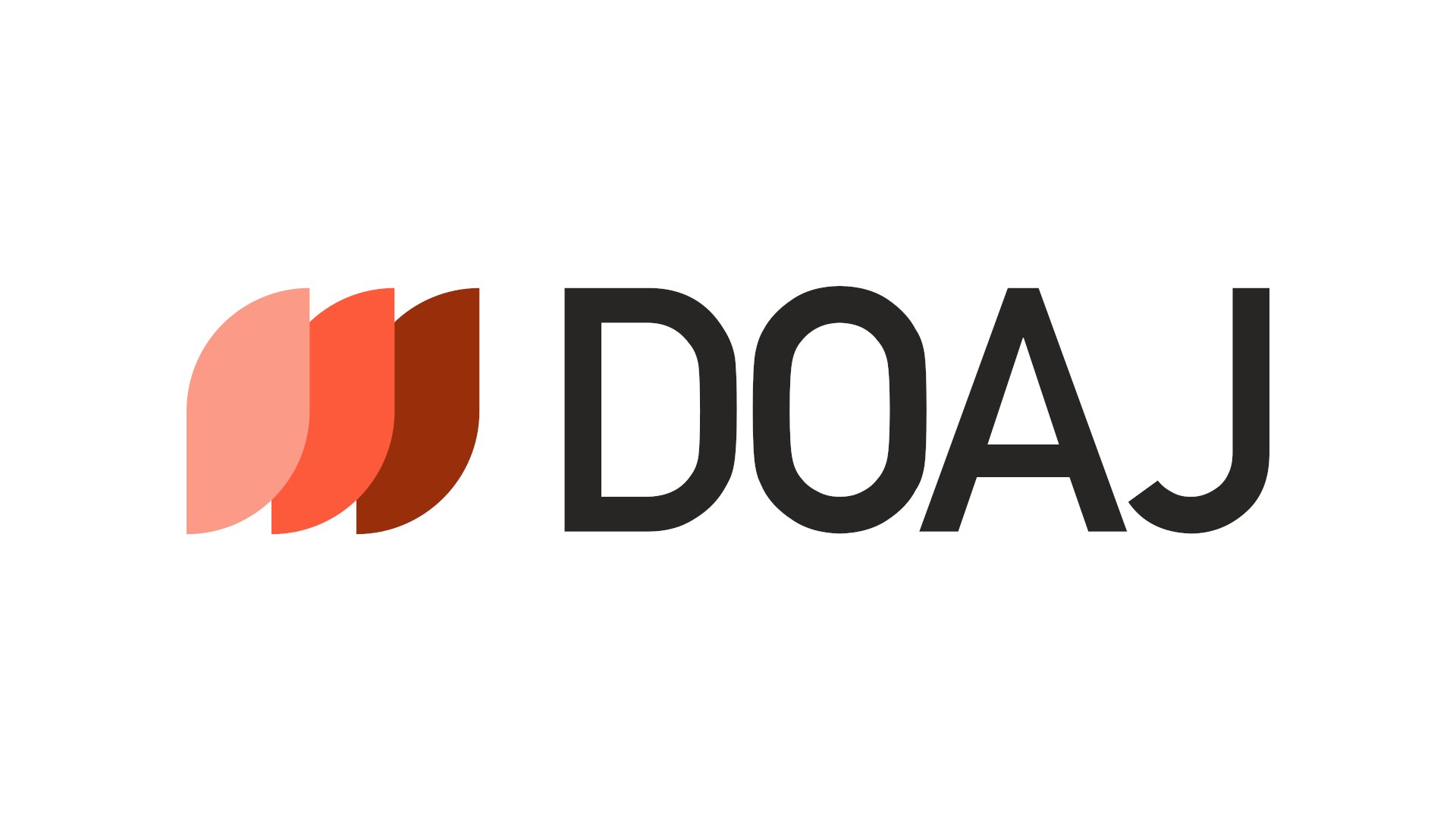Deep Learning in Medical Image Analysis Article Review
DOI:
https://doi.org/10.33022/ijcs.v13i2.3842Keywords:
Artificial Intelligence (AI), Deep Leaning, Image ClassificationAbstract
Transfer learning, in evaluation to common deep studying strategies which include convolutional neural networks (CNNs), stands proud due to its simplicity, efficiency, and coffee education value, efficaciously addressing the venture of restricted datasets. The importance of scientific picture analysis in both scientific research and medical prognosis can't be overstated, with image techniques like Computer Tomography (CT), Magnetic Resonance Image (MRI), Ultrasound (US), and X-Ray playing a crucial function. Despite their utility in non-invasive analysis, the scarcity of categorized medical images poses a completely unique challenge in comparison to datasets in other pc imaginative and prescient domains, like facial reputation.
Given this shortage, switch getting to know has won reputation amongst researchers for medical photo processing. This complete evaluation draws on one hundred amazing papers from IEEE, Elsevier, Google Scholar, Web of Science, and diverse sources spanning 2000 to 2023 It covers vital components, which includes the (i) shape of CNNs, (ii) foundational know-how of switch learning, (iii) numerous techniques for enforcing transfer mastering, (iv) the utility of switch gaining knowledge of throughout numerous sub-fields of medical photo analysis, and (v) a dialogue at the future potentialities of transfer studying within the realm of medical image analysis. This evaluate no longer handiest equips beginners with a scientific understanding of transfer mastering applications in medical image analysis but additionally serves policymakers by means of summarizing the evolving trends in transfer learning within the scientific image domain. This insight might also encourage policymakers to formulate advantageous rules that support the continued development of Transfer learning knowledge of in medical image analysis.
Published
Issue
Section
License
Copyright (c) 2024 Media Ali Ibrahim, Prof. Dr. Shavan Askar, Mohammad saleem, Daban Ali, Nihad Abdullah

This work is licensed under a Creative Commons Attribution-ShareAlike 4.0 International License.



